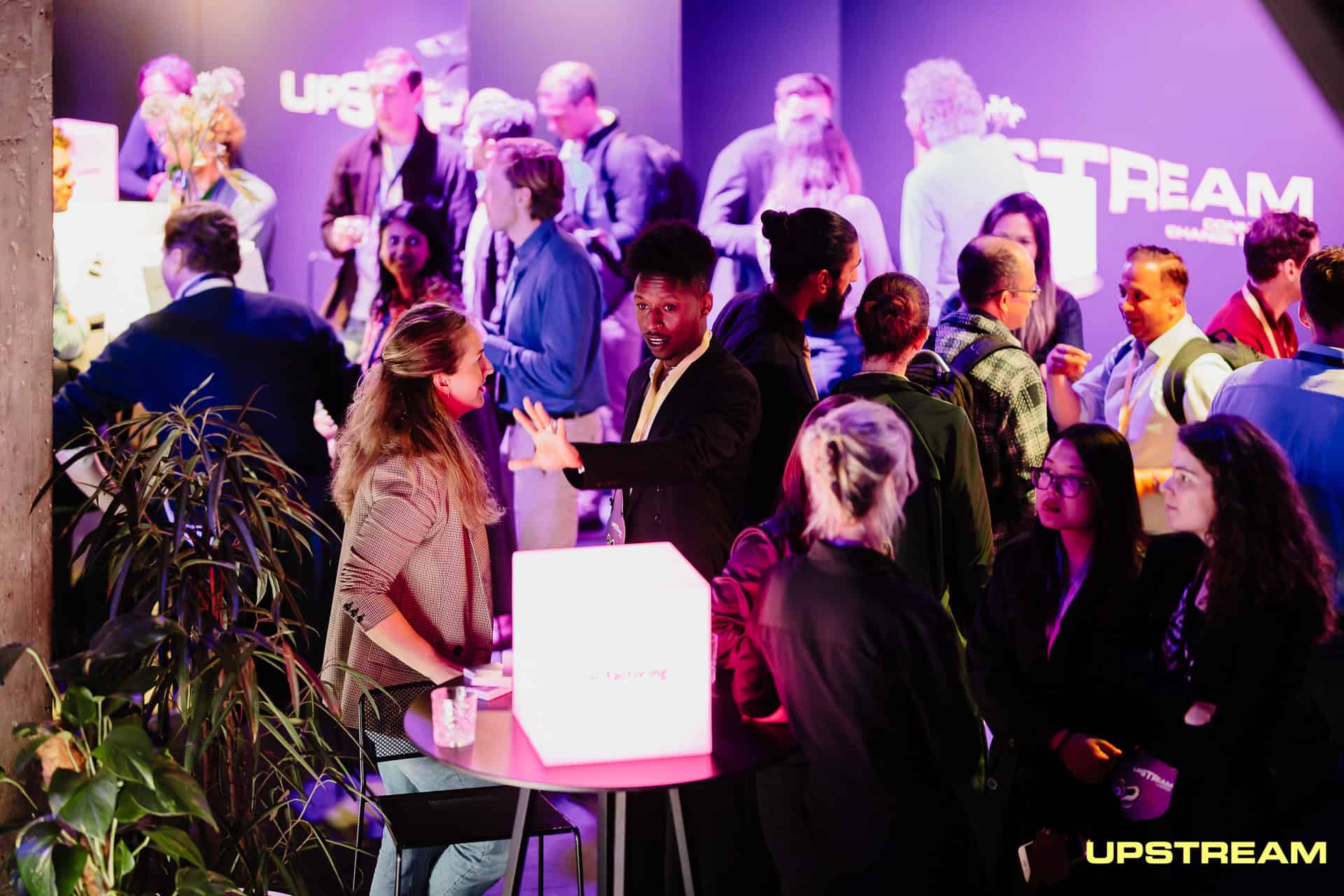
During today’s The Next Web Conference in Amsterdam, Diverse Leaders in Tech (DLiT) will present its DEI in Tech European Benchmark Report. The paper provides insights into the state and progress of diversity, equality, and inclusion (DEI) in tech companies. The report found that 53% of the surveyed companies do not have a DEI strategy, and only 28% have systems in place to hold employees accountable for DEI behaviors. On a positive note, 91% of the companies surveyed established safe spaces for employee expression.
Why this is important:
To improve diversity and representativeness in the workplace, DLiT is fostering a data-driven approach that gives company leaders a new perspective on their organization. Numbers not only help in knowing more about a company but can also assist in developing better inclusion strategies.
The report will be presented by DLiT founder and director Ingrid Tappin. As part of her career, she ran her own culture design agency, co-founded a startup, and worked as a senior manager for Accenture’s Talent & Organization practice. Throughout this path, she realized the capability of data-driven DEI frameworks to improve team performance and positive corporate and societal change.
DLiT’s mission is to increase diversity and inclusion within the Dutch tech ecosystem by means of cutting-edge technologies. A few weeks ago, during the Upstream Festival, one of the main startup events in the Netherlands, the DLiT director held a session to illustrate the positive impact of DEI on the growth of an organization. Then, IO had a chance to speak with her about her work and how to foster inclusivity in the workplace.
What are your definitions of diversity and inclusion?
“Diversity is pretty straightforward to me. In the context of business, it means you have a variety of people with different backgrounds, life experiences, and brain wiring. I think diversity is a result of inclusion; if you are able, as an organization, as a team, or even as a country, to give everybody the feeling that they are welcome, appreciated, and safe to be themselves and share their opinions, that’s what inclusion is.”
How do you translate these concepts into organizations?
“The most important element is building people capability within your organization to facilitate inclusivity. Developing leadership and managerial skills ensures people feel psychologically safe. Sometimes, we think everybody needs to be happy and high-fiving all day. That’s not necessarily what we are talking about; it is about feeling safe to talk to your boss.”

Can you tell us more about your DEI data-driven approach?
“We are implementing it using different tools at our disposal. One is a 15-minute DEI scan – where company leaders are asked about their policies, processes, and strategeies ed. —available on our website. This tool helps to give the first insights into a given company’s maturity level in the most critical DEI areas. It is an assessment that helps us advise companies on the actions they should take to foster DEI and set their goals.
Another tool is SelfID, which allows for extracting more demographic information about a company to better understand the workforce. This helps in understanding who identifies as neurodivergent or as a member of the LGBT+ community. Self-ID enables you to get into the fabric of a company and find out, from an intersectional standpoint, how an organization is progressing in DEI initiatives. For instance, knowing that a specific group is leaving your company more often than others will help you create targeted initiatives to attract, develop, and retain this minority. Apparently, you might be doing something that makes that group either not working in your company or leaving sooner than others.”
What results did you get by using these tools?
“We previously published our report to find out how inclusive the Dutch tech industry is. We learned that a significant gap exists between managers’ perceptions of their organizations and those of certain groups within a company.
Most of the time, leaders say their companies are doing great; they have tens of nationalities represented and are actively fostering gender equality policies. What we have seen is that people with a non-Western migration background often experience racism, sexism, or discrimination in the workplace and feel less safe to voice their opinions. Having this kind of knowledge as a leader or manager is really important because this gap means you are not speaking to your employees the way you should.”

What impact are you having as DLiT?
“Firstly, we are building bridges between different networks of the Dutch tech sector. Secondly, we are getting the word out about data-driven DEI. More and more companies are asking me how they should address DEI like any other business capability in their organization. Thirdly, we are connecting people beyond DEI. When we connect people, it is not only about DEI but also about helping people with their careers and introducing them to their next boss, client, or partner. That’s also something we are having a soft impact on.”
Are you hopeful?
“I’m always hopeful; otherwise, I wouldn’t be doing it. I’m hopeful because the talent shortage is forcing leaders who, five years ago, would not have thought of DEI to delve into them. I’m hopeful because the current state of politics is polarizing, and people who were silent before now feel the need to voice their opinions. This group of people is growing because they feel the responsibility to act and contribute to this change.”

